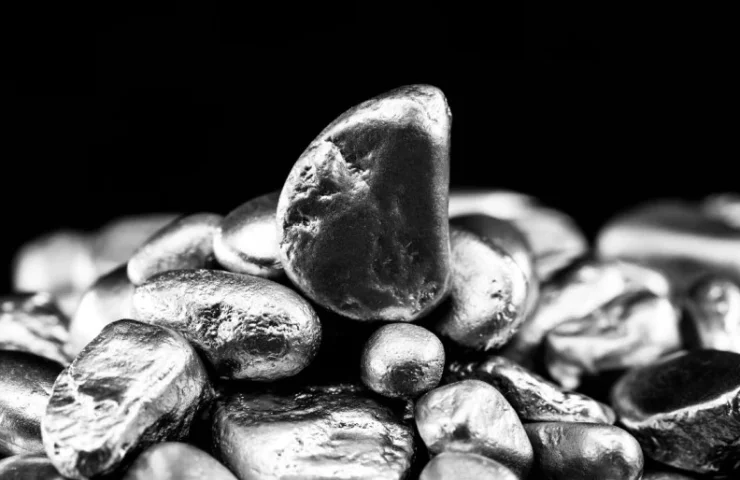The ban on Russian nickel became a “growth driver” for prices on the LME
Sanctions will apply to the LME and CME trading platforms, however, Russian material that arrived at their warehouses before April 13, 2024 can still be sold.
Many market participants are wondering why there is such a delay in making this decision when the Russian-Ukrainian conflict has been raging for so long. Some have speculated that the ongoing inaction of metal exchanges to ban the flow of this material may be partly behind this legislative announcement.
MEPS Head of Price Analysis and Forecasts Kaye Ayoub said: “Fear of a ban on Russian nickel has caused a surge in prices for LME and the eventual suspension of trading in the LME nickel contract back in March 2022.
“The announcement of the ban, while unlikely to cause the same reaction, will still be a driver of growth nickel prices in the near future."
The loss of this supply will create a major problem for liquidity in LME trading.
Russia is the second largest producer of Grade 1 nickel in the world, and currently it accounts for more than a third of all LME reserves.
However, the approval of new supplies to the LME by both Chinese and Indonesian producers may limit the effect of the decision to ban Russian nickel.
If the ban had been introduced before approval from these new suppliers, the shortage could have been more significant than what may now arise in the coming months.
Day nickel prices on the LME were already trending to rise in the first half of April due to supply concerns, driven in part by slower-than-expected quota approval in Indonesia. A reduction in Russian supply to the LME is expected to add to these concerns.
Restrictions introduced following the suspension of nickel trading back in 2022 will prevent any growth above 15% on any trading day.
Demand refining remains sluggish, and Russian nickel is likely to be redirected to other markets - perhaps at a lower price. Consequently, the rise in LME prices may be short-lived, especially if the ban does not result in a noticeable reduction in inventories in LME warehouses in the coming months.
Ayoub said: “As the demand outlook for 2024 remains weak for the stainless steel sectors and electric vehicles (EV), the effect of the ban on Russian nickel may be mitigated in the medium term. However, in the long term we may see some inflationary pressure on the global nickel market.”
